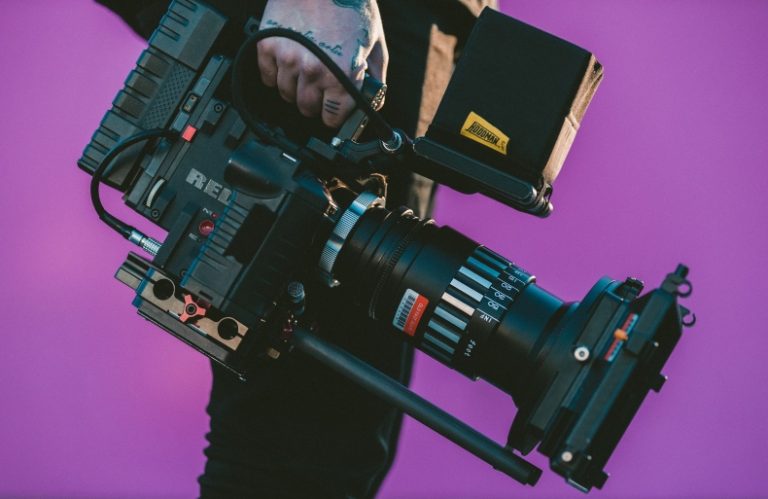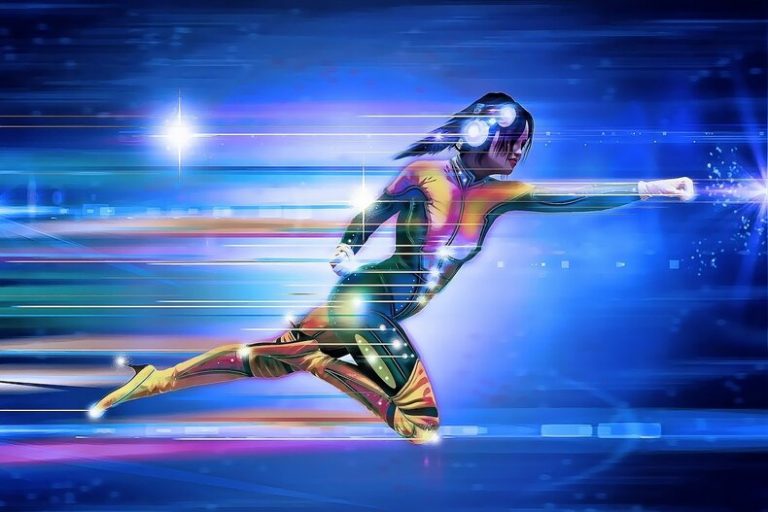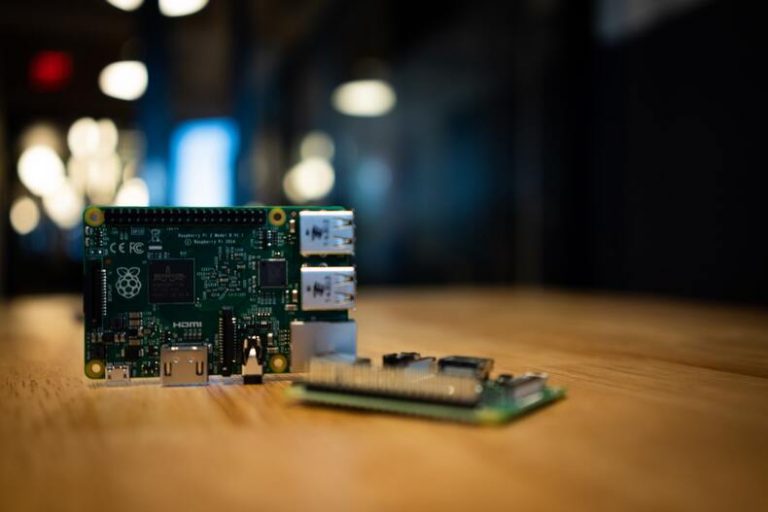Computer Imaging Best Practices:Top Best Practices of Computer imaging.
Computer Imaging Best Practices are recommended methods for creating and managing digital images, including resolution, color calibration, file formats, and metadata. They ensure high-quality and consistent results in image production.

Computer imagery has become a crucial aspect of our life in the current digital era. It has completely changed how we view and engage with the world around us. Computer imaging has simplified, sped up, and improved our lives in a variety of ways, including graphic design, digital photography, and medical imaging. To ensure high-quality outcomes with this new technology, best practices must be adhered to. The best practices for computer imaging, from pre-processing to post-processing, will be covered in this article to make the most of this technology.
Pre-processing
In computer imaging, pre-processing comes first. Prior to processing, images must be acquired, improved, and restored.
1. Image Acquisition
The process of getting an image from a physical source, like a camera or scanner, is known as image acquisition. Making sure the imaging system is calibrated and optimised for the particular application is crucial. This entails selecting the appropriate scanner settings in addition to changing the camera’s focus, aperture, and shutter speed.
2. Image Enhancement
By modifying an image’s brightness, contrast, colour balance, and sharpness, one can enhance the image’s quality. To make sure the image has adequate data for processing, this step is required. Histogram equalisation, contrast stretching, and noise reduction are examples of image enhancing techniques.
3. Image Restoration
In order to restore an image, noise, artefacts, and other undesired elements must be removed. This stage is very important, particularly in medical imaging where precision is key. Techniques for image restoration include inpainting, deconvolution, and filtering.
Processing
The next phase in computer imagery is Processing. Compressing, segmenting, and extracting features from the image are all involved.
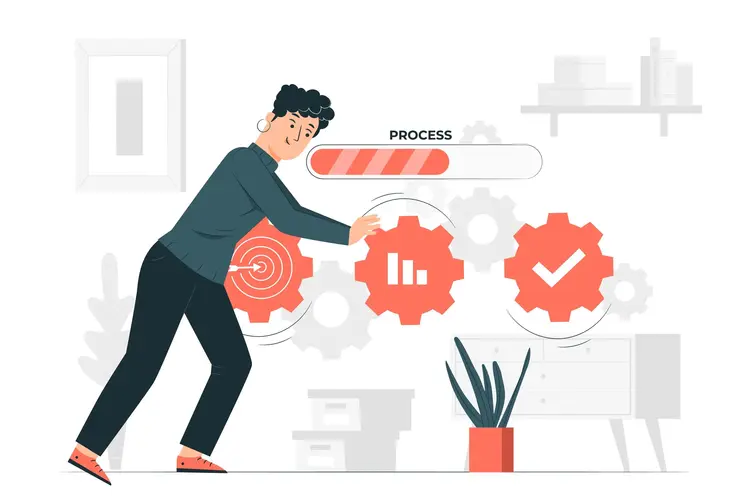
1. Image Compression
Image compression is the process of shrinking an image file without sacrificing quality. Particularly when working with large image files, it is crucial. Depending on the required level of image quality and file size, either lossless or lossy compression techniques can be applied.
2. Image Segmentation
Using factors including colour, texture, and shape, image segmentation entails breaking one image into several parts. To continue with the analysis and processing, this step is required. Techniques for segmenting images include clustering, region expanding, and thresholding.
3. Feature Extraction
Finding and extracting particular features from an image, such as edges, corners, and forms, is known as feature extraction. These characteristics are applied to subsequent processing and analysis. Edge detection, corner detection, and blob detection are examples of feature extraction approaches.
In the next section, we will discuss post-processing, the final step in computer imaging.
Post-processing
After processing, post-processing comprises filtering, analysing, and rebuilding images.
1. Image Filtering
In order to remove noise and artefacts, an image is smoothed or sharpened. It’s crucial, especially when working with photographs from the medical field. Low-pass, high-pass, and median filtering are all types of image filtering algorithms.
2. Image Analysis
Measurement and quantification of particular aspects of the image, such as its size, shape, and texture, constitute image analysis. Particularly in medical imaging, where precise measurements are crucial, this phase is critical. Techniques for image analysis include shape analysis, texture analysis, and object recognition.
3. Image Reconstruction
Reconstruction of images entails building a 3D model of the original image from several 2D slices. This stage is required, especially in the field of medical imaging where a 3D view of the image is crucial. Tomography, computed axial tomography (CT), and magnetic resonance imaging (MRI) are all methods for reconstructing imagQuality Control
The imaging system’s accuracy and dependability are checked through quality control. Calibration and validation are involved.
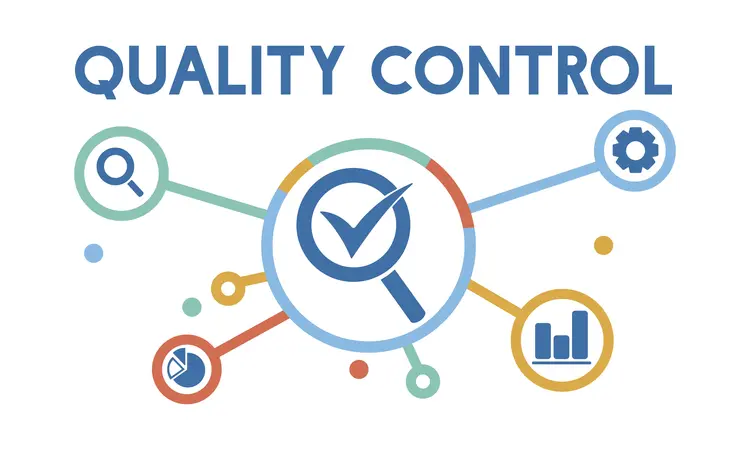
4. Calibration
Calibration entails comparing the imaging system to a known standard to make sure it is performing properly. This entails calibrating any other imaging-related hardware, such as the camera or scanner.
5. Validation
Validation entails confirming the accuracy and dependability of the images generated by the imaging equipment. To make sure the photos adhere to specified standards, this may entail contrasting the images with a gold standard or carrying out quality control tests.
In medical imaging, where erroneous images can result in wrong diagnosis and treatment plans, validation is crucial. Furthermore, in scientific research, where reproducibility is crucial, validation is crucial.
Conclusion
In conclusion, obtaining accurate and dependable images requires adhering to best practises in computer imaging. Every stage of the imaging process, from pre-processing to post-processing, needs to be thoroughly analysed and optimised for the particular application. By doing this, we can fully utilise this technology and realise all of its promise.
FAQs
What is image segmentation in computer imaging?
The technique of segmenting an image involves breaking it up into different parts according to its characteristics, such as colour, texture, and shape.
What is the purpose of image enhancement in computer imaging?
By changing an image’s brightness, contrast, colour balance, and sharpness, image enhancement aims to raise its quality.
What is image compression in computer imaging?
Image compression is a technique for shrinking an image file without sacrificing quality.
What is the difference between image restoration and image enhancement in computer imaging?
While image enhancement involves enhancing the quality of an image by adjusting its brightness, contrast, colour balance, and sharpness, image restoration involves removing noise, blurring, or other artefacts from an image to restore its original quality.
What is the role of computer imaging in medical diagnosis?
In order to see interior structures, find anomalies, and track the development of diseases, doctors employ computer imaging.


